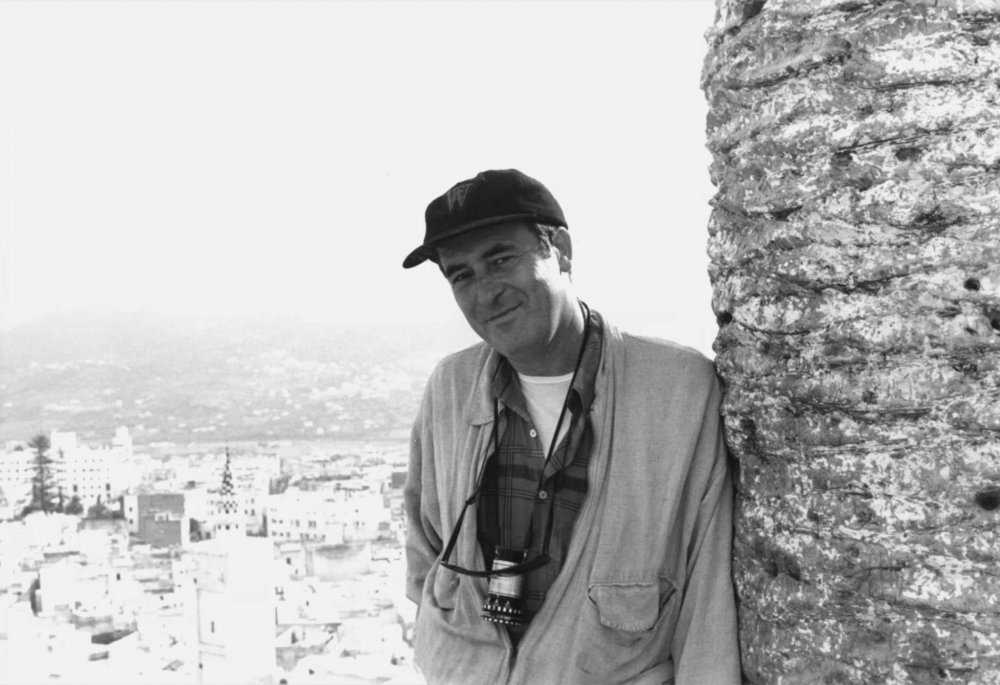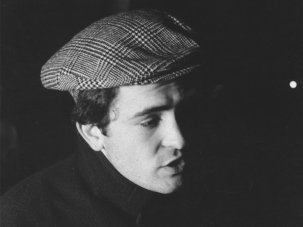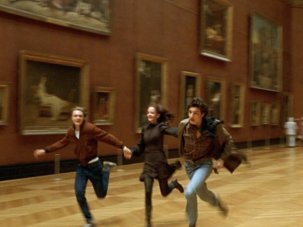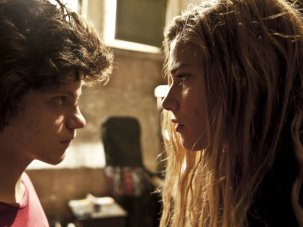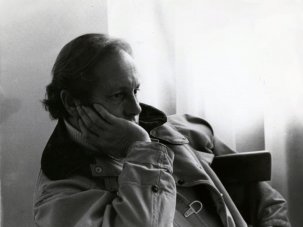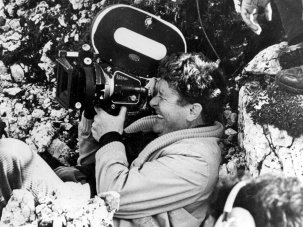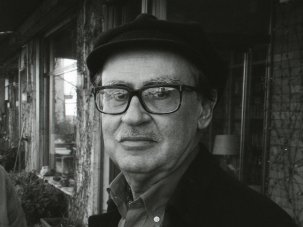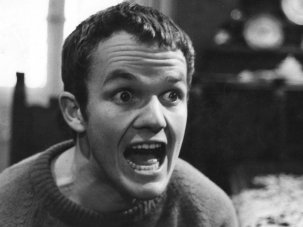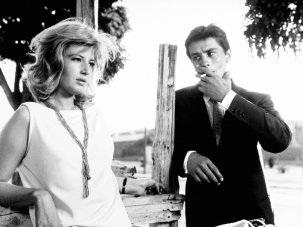Bernardo Bertolucci was always destined for a life as an artist. “I could say like Judy Garland in A Star is Born (1954): ‘I was born in the trunk of a Paris theatre’,” he told an interviewer in 1984. “I mean that somehow I am a son of art.”
Born in 1941 to the poet and critic Attilio Bertolucci and the literature professor Ninetta Giovanardi, the young Bernardo spent much of his childhood writing poetry before picking up a 16mm camera at the age of 15. He shot two short films with his younger brother Giuseppe (who would also go on to become a filmmaker), and his path was set. It was a path he wasted no time in following. By the age of 20 Bertolucci had dropped out of university and was working as an assistant to Pier Paolo Pasolini, and when he was 21 years old he was presenting his debut feature The Grim Reaper (1962), based on a story by Pasolini, at the Venice Film Festival.
It was an auspicious beginning to an extraordinary career. Within a decade of his debut, this prodigiously talented director had established himself as not only a leading light of the burgeoning Italian cinema, but as a major international artist. Working primarily with the cinematographer Vittorio Storaro, Bertolucci developed a vivid and sensual aesthetic style in his films. He was fascinated by questions of sexual and political identity, with his own leftwing politics being pushed to the forefront of many of his pictures, notably his second feature Before the Revolution (1964), which feels like the first real Bernardo Bertolucci film. The protagonist Fabrizio (Francesco Barilli) is torn between his comfortable middle-class existence and the radical Marxist politics of his fellow students, and we can view this character as a representative one for Bertolucci, who later said that his epic Novecento (1976) was partly motivated by his sense of shame at coming from a bourgeois family.
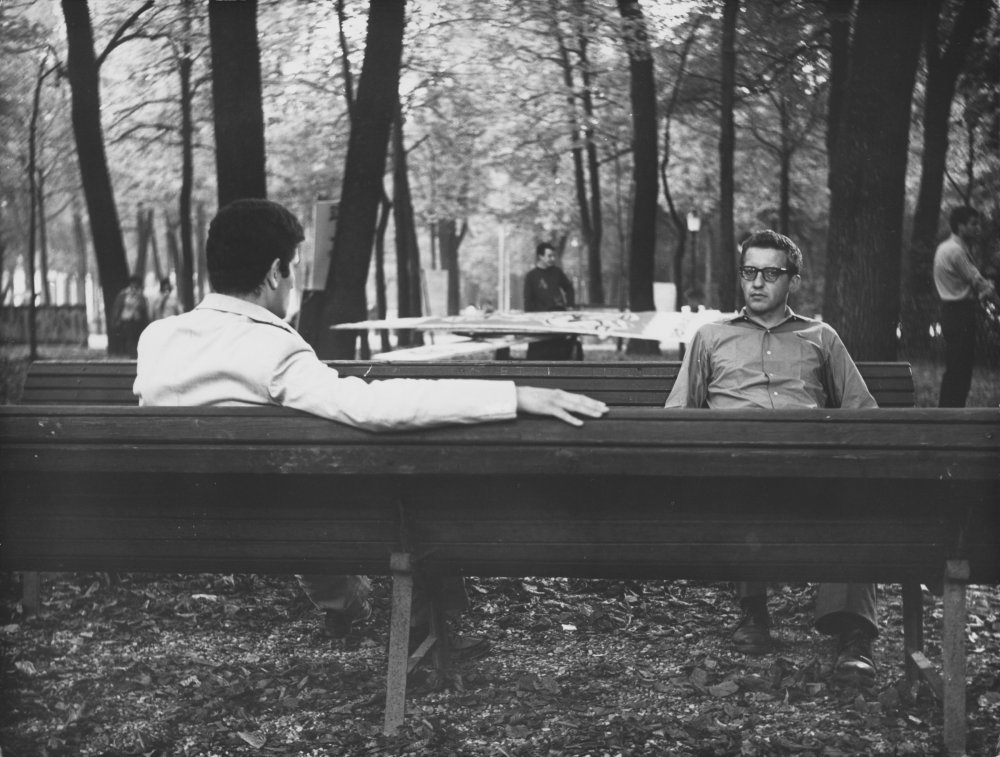
Before the Revolution (1964)
Before the Revolution was disregarded by Italian critics but celebrated by the French, with Cahiers du Cinéma hailing it as a masterpiece when Henri Langlois organised the film’s release in France in 1968. It arrived just in time for the events of May ’68 and was seen as a prophetic vision. While Bertolucci wasn’t in Paris at the time he used the reports coming out of the city as inspiration for the film he was shooting in Rome, Partner (1968), a loose adaptation of Dostoevsky’s The Double which is more wildly experimental in its formal approach (the influence of Godard is obvious) than anything else in his career. Before the Revolution and Partner seemed to position Bertolucci as a filmmaker of the moment, in direct conversation with the changing world around him, but he would achieve his greatest breakthrough by examining Italy’s past.
It’s hard to comprehend the seismic impact The Conformist had when it was released in 1970. It instantly inspired a whole generation of filmmakers. Francis Ford Coppola described it as “the first classic of the decade,” acknowledging it as an influence on his Godfather films, and Paul Schrader has said, “To my mind, you can speak of pre-Conformist and post-Conformist design.”
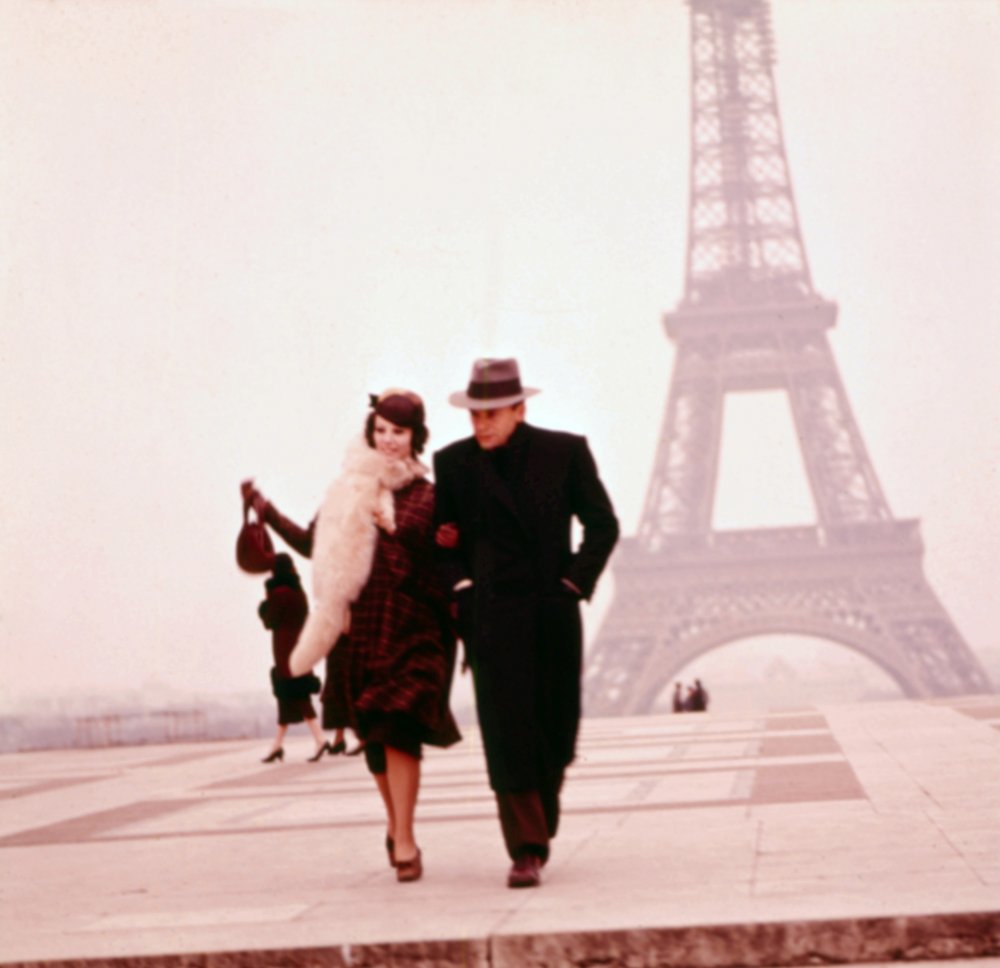
The Conformist (1970): an instant classic
Bertolucci, Storaro and production designer Ferdinando Scarfiotti – all still in their 20s when they made this film – crafted an oppressive environment around the sexually confused reluctant assassin Clerici (Jean-Louis Trintignant) through their expressive use of light and architecture. The stark white walls and furniture of a mental hospital; a fascist official’s desk situated in the centre of a cavernous empty room; the mirrors that keep Clerici a prisoner of his own fears and insecurities – the film is a masterpiece of design in every detail. His TV movie of the same year The Spider’s Stratagem (1970) acts as a compelling companion piece to The Conformist, but it remains out of circulation and sadly little-seen.
If The Conformist was a breakthrough, Last Tango in Paris (1972) was a phenomenon. Fuelled by often salacious press coverage and a famously ecstatic review from Pauline Kael (“This must be the most powerfully erotic movie ever made, and it may turn out to be the most liberating movie ever made”) the film became the must-see succès de scandale of the year.
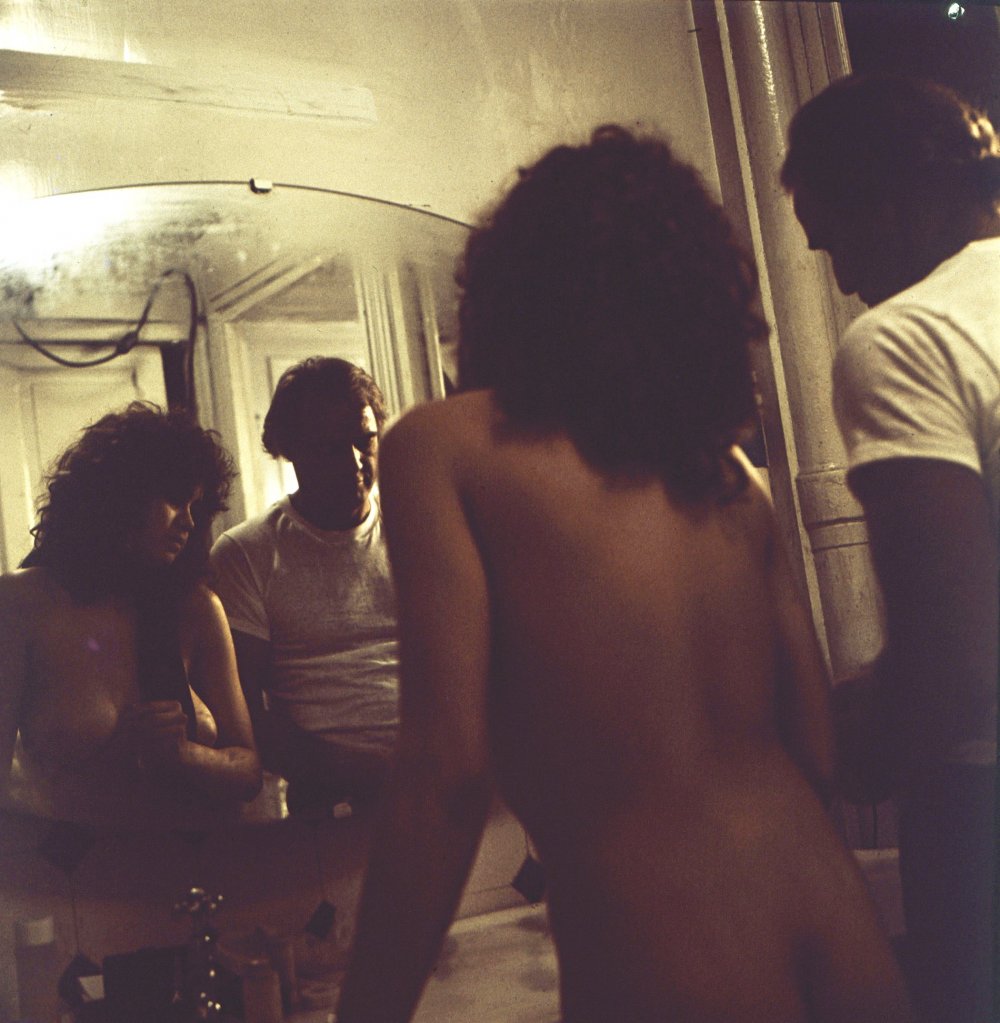
Pauline Kael called Last Tango in Paris ‘the most powerfully erotic movie ever made’
Despite the power of Marlon Brando’s performance – arguably his greatest – and the brilliance of Storaro’s probing, intimate cinematography, the film’s reputation has diminished somewhat over time, and in recent years it has become irreparably damaged. The fact that Brando using butter as a lubricant was an idea cooked up between the star and director without Maria Schneider’s knowledge was first revealed by the actress in 2007. “I felt humiliated and to be honest, I felt a little raped, both by Marlon and by Bertolucci,” she said. “After the scene, Marlon didn’t console me or apologise. Thankfully, there was just one take.” Bertolucci later claimed he wanted to surprise her to get her reaction “as a girl, not as an actress,” but this is scant justification. There are appropriate occasions when a director might want to provoke an unexpected response from an actor, but a sex scene in which one participant is an inexperienced young actress is not one of them. It was a cruel betrayal of trust on the part of both Bertolucci and Brando. “Poor Maria. I didn’t have the occasion to go to ask her to forgive me,” the director said two years after her death, but it was too little too late.
Last Tango’s success afforded Bertolucci complete freedom for his next project, and he ran with it. 1900 (Novecento, 1976) is a self-consciously epic work, tracing five decades of Italian politics and class struggle through the intertwined experiences of three symbolic characters – noble peasant Olmo (Gérard Depardieu), weak landowner Alfredo (Robert De Niro) and psychotic blackshirt Attila (Donald Sutherland) – and the theme of moral cowardice allowing fascism to flourish, previously explored in The Spider’s Stratagem and The Conformist, is central here. 1900 was an explosive, violent and sexually explicit film that sprawled to 315 minutes before producer Alberto Grimaldi seized control and cut it to 195 minutes. “That isn’t my film; that’s a trailer, a travesty!” Bertolucci complained to the press. “My friend is surrounded by sycophants who tell him he is God,” Grimaldi retorted. “It started with Tango.”
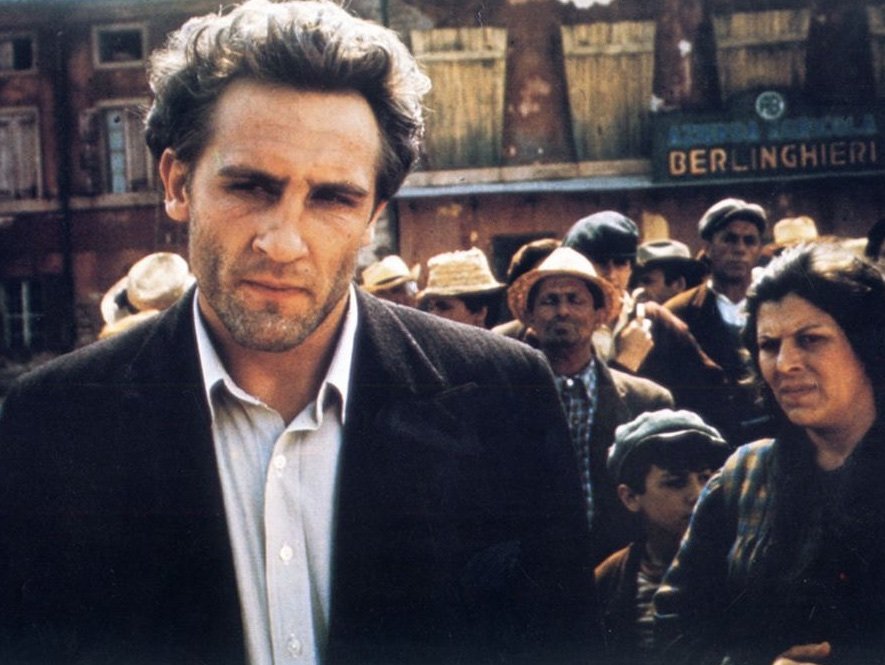
1900 (1976)
After a run of unstoppable success, this was the first blow to Bertolucci’s pride and his reputation, and a decade would elapse before he attempted anything on the same scale. (It would take even longer for the unexpurgated cut of 1900 to be seen by the general public, and accepted as a great work).
He tried a new direction, following a number of films that focused on father figures, with his operatic Oedipal melodrama La Luna (1979). It remains a severely underrated film, boasting some of Bertolucci and Storaro’s most sumptuous visuals, and a stellar lead performance from Jill Clayburgh. Beneath the lurid subject matter, it is a funny and poignant piece of work.
He followed La Luna with Tragedy of a Ridiculous Man (1981) but then lost a number of years attempting to get an adaptation of Dashiell Hammett’s Red Harvest off the ground. It was The Last Emperor (1988) that put him back on top. His biopic of Chinese Emperor Puyi is a visual feast, with Bertolucci taking full advantage of the unprecedented access granted to film inside The Forbidden City. The film swept the Oscars, winning all nine of the awards it was nominated for.
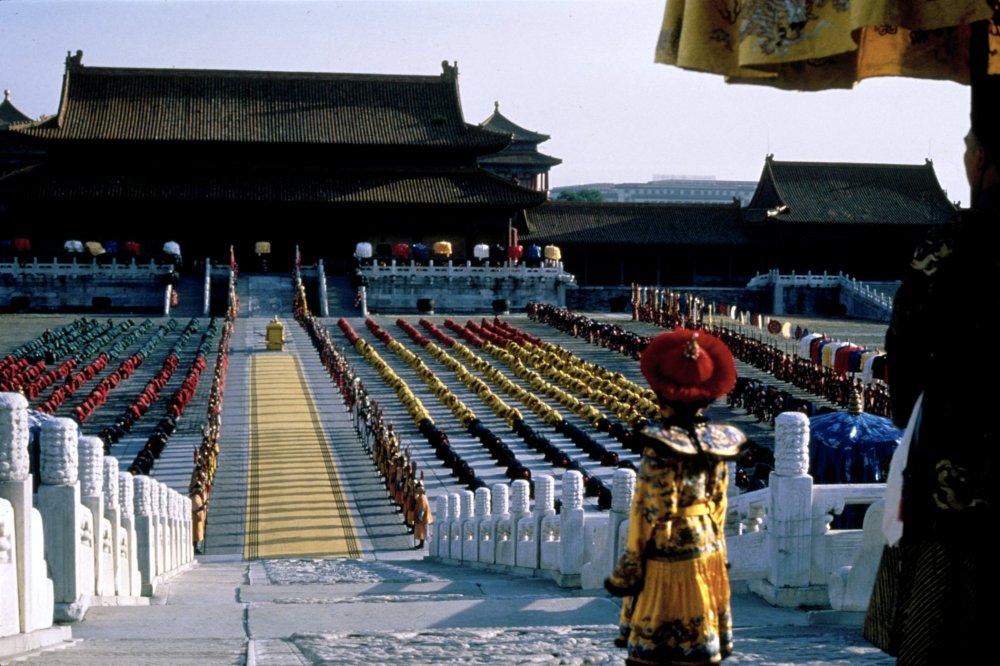
A visual feast: The Last Emperor (1988)
Bertolucci saw the embrace of Hollywood as something of a double-edged sword. “I remember very well that after the first Hollywood screening of The Last Emperor, some of the CEOs of the major studios came up and said, ‘Thank you! This film reminds us of why we wanted to make films in the first place’,” he recalled. “The next day they probably forgot what they’d said.”
After this success it was easy for Bertolucci to find investment and distribution for projects like his flawed but frequently enthralling adaptation of Paul Bowles’s The Sheltering Sky (1990) or the clunky Little Buddha (1993), but these projects were never likely to find the audience that Bertolucci’s backers – dazzled by the Oscar glow – were anticipating, and both flopped dramatically at the box office. Stealing Beauty (1996) was lush and atmospheric, and Besieged (1998) was a solid chamber piece, but they felt like Bertolucci on autopilot, and hardly a stretch for a great director.
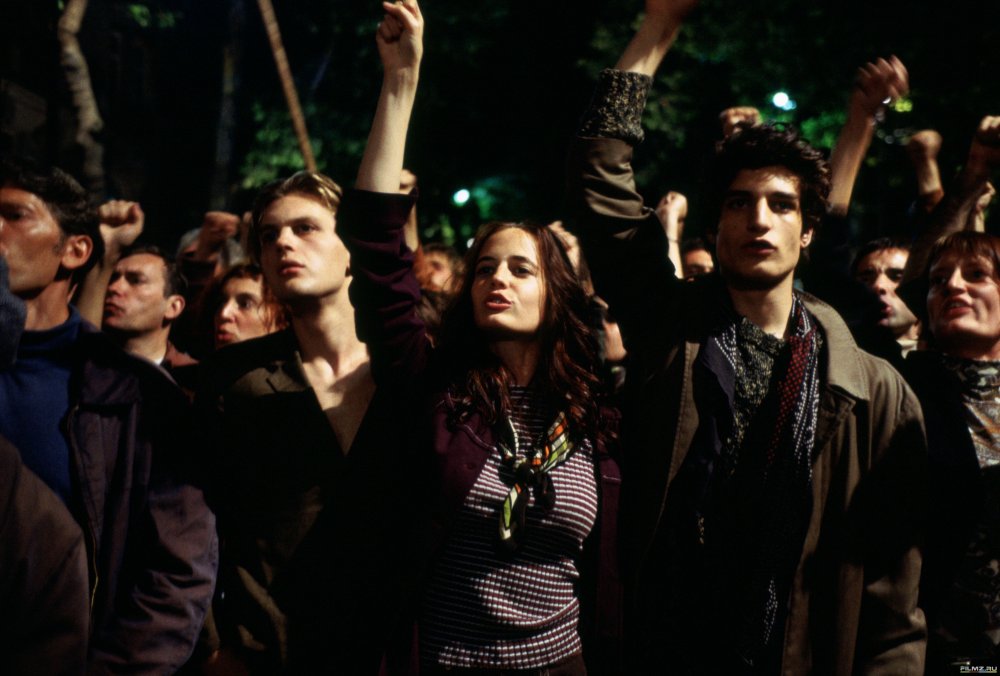
The Dreamers (2004)
It was a return to 1968 that truly reinvigorated Bertolucci’s filmmaking. His 2004 film The Dreamers, adapted by Gilbert Adair from his own novel, is a film driven by a deep passion for sex, music, politics and cinema, and peppered with cinematic references points: Chaplin, Cocteau, Godard, Frank Tashlin, Tod Browning, Nicholas Ray. Having long regretted not being present in Paris for the 1968 riots, Bertolucci restages them, with Isabelle (Eva Green) chaining herself to the gates of the Cinémathèque Française in protest at the sacking of Henri Langlois. The film captures the excitement of a time when it felt like anything could happen and the disillusionment that was inevitably to follow. It’s an intoxicating picture and it felt like a thrilling comeback or rebirth, but it was almost a swansong. Shortly after the film’s release, Bertolucci underwent a series of back operations that cost him the use of his legs. It is a sad irony that after producing one of his most liberated films he would be using a wheelchair for his remaining years.
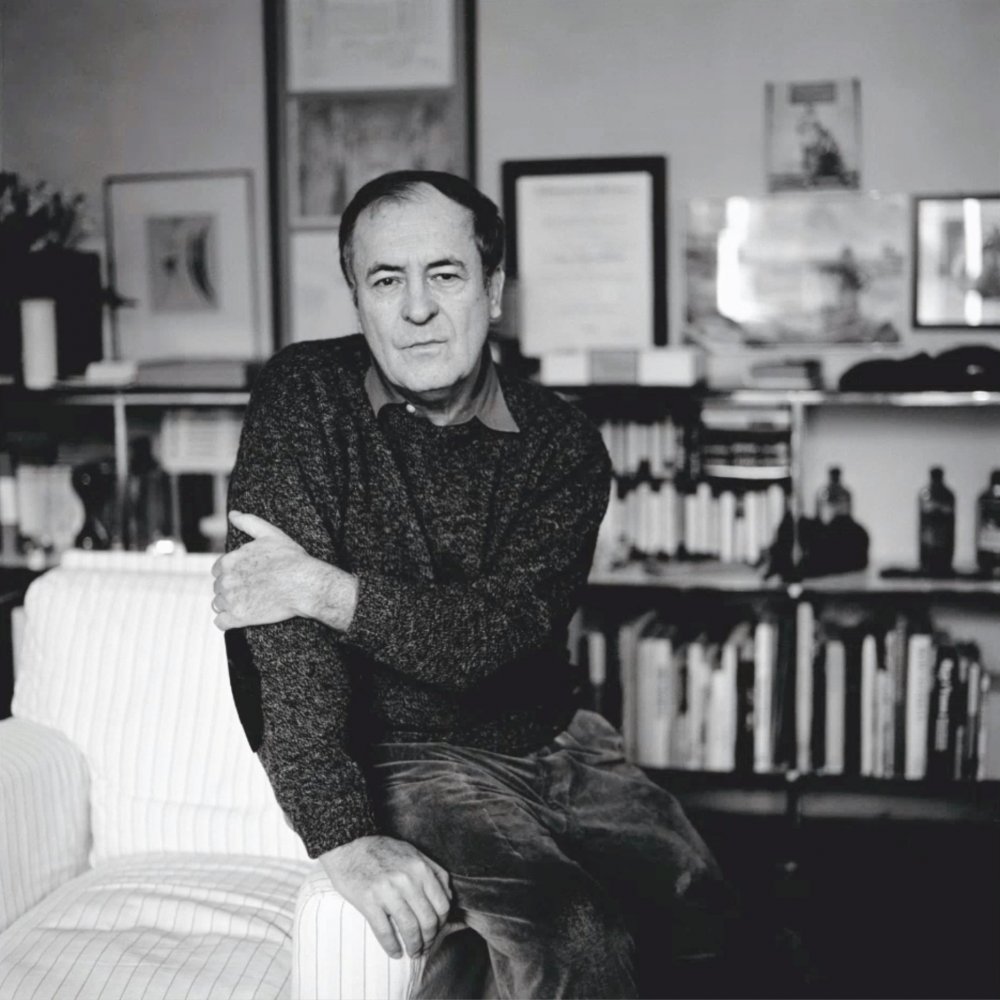
Bernardo Bertolucci: ‘We remember much more about the lighting of the films that we love than about the storyline’
Bertolucci was only 64 years old when he suffered this injury and one can only wonder what films we lost through the decade of inactivity that followed, which included some years of depression. He did return to filmmaking once more, with Me and You (2012), a film that bore many of the director’s hallmarks. As in Last Tango in Paris and The Dreamers, it was a claustrophobic study of characters who have voluntarily withdrawn from the outside world, and the presence of drug addiction along with the suggestion of incestuous thoughts recalls La Luna.
Such comparisons don’t benefit Me and You, though, which was only a slight return. It often feels thin and tired, and lacking a real sense of purpose. Still, there are moments in it when the play of light across faces and bodies is as impressive and evocative as it was in some of the director’s earlier work, and as he once said, “I’ve always been struck by the fact that we remember much more about the lighting of the films that we love than about the storyline.” The light and shadows from Bernardo Bertolucci’s films will always stay with us, and following the passing of Ermanno Olmi earlier this year, his death seems to draw a line under a golden age of Italian cinema.
-
The Digital Edition and Archive quick link
Log in here to your digital edition and archive subscription, take a look at the packages on offer and buy a subscription.




